Setting up your bee house is a simple a project that takes just a little bit of planning and a few minutes every year. Follow these easy steps and enjoy your pollinated fruits, vegetables and flowers.
How to Set Up Your Bee House
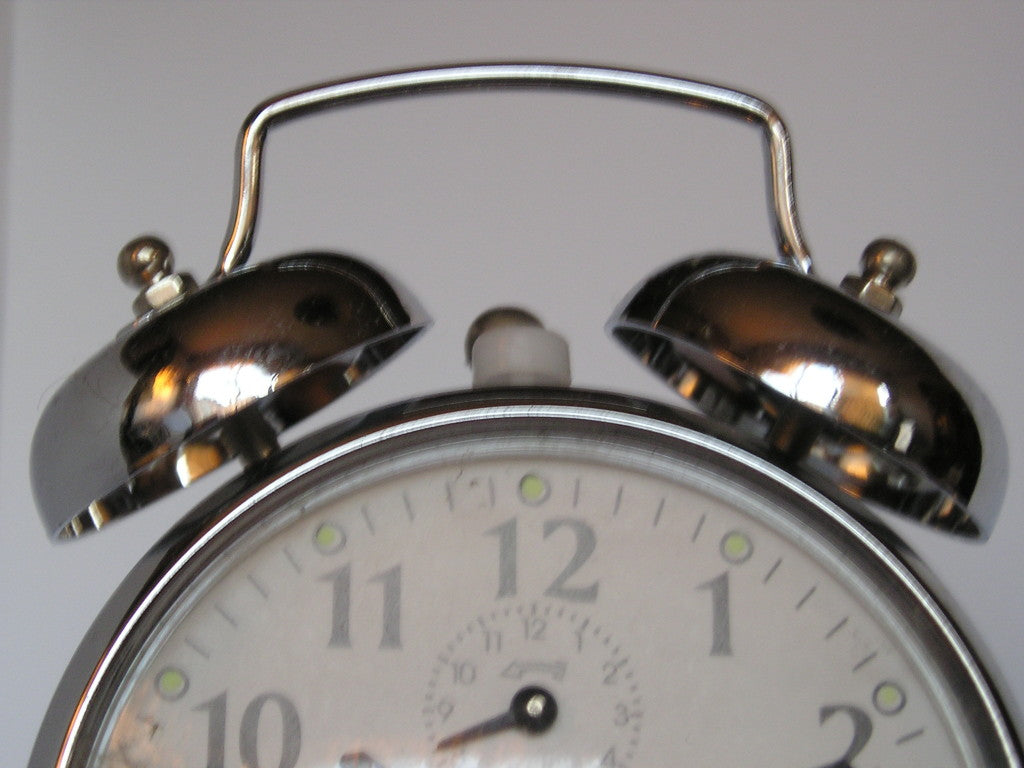
Timing:
It is ideal to release your bees so they will be active when the blossoms on your plants are blooming and ready to be pollinated. Put your house out when the blossoms are starting to swell and the chance of frost is low. For Blue Orchard Mason Bees and other spring time bees this is when the temperature exceeds 50*consistently. Bees will emerge 1-14 days after warming up. The Garden Bee ( aka. Alfalfa Leafcutter Bees ) and other summer time bees won’t emerge until temperatures consistently reach 70*. Placing the spring time bees and summer time bees in the same house in the spring works well.
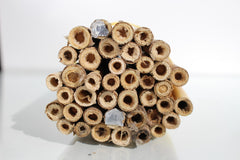

Releasing Bees (In Tubes):
Putting the tubes of bees in backwards is the most common mistake made when setting up the bee house. It is important to look at the tubes and place the opening of the tubes facing out so the bees can emerge. The filled tubes will have a node in the back (shown in top image) and a plug the bee formed in the front (shown in bottom image). The plug will look like mud or leaves. It may be necessary to shine a light into the tube to see the plug as the bees fill tubes from back to front and may not completely fill each tube.
Once the tubes of bees are in place, tightly pack more tubes in the house. Making sure the tubes are snug will help prevent predators from getting to the bees.
.
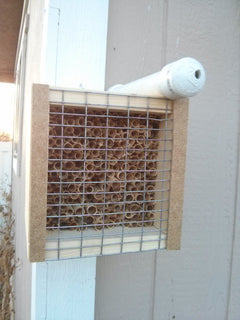
Location:
Face the bee house between south and east for optimal pollination. Bees are cold blooded and use the heat from the morning sun to get flying in the morning. Find a secure place like the side of shed, fence post, or tree. Make sure the bee house is at least three feet from the ground to deter ants. If you have squirrels in the area you may want to squirrel proof the house with chicken wire.
It is best to have the house angled slightly downward so that any water that may get in the house will run out (using a nail or screw with the provided bracket on the house is sufficient).
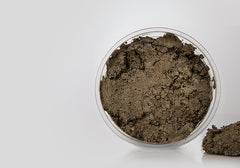
Clay Set Up:
Setting up the clay source is the last step to ensure your Blue Orchard Mason Bees are the most efficient and effective pollinators. The Blue orchard bee requires a clay source to create the cells between larva and to plug the end of the tubes. NO CLAY=NO MASON BEES. For the other types of bees it isn’t necessary to have a clay source though they might use it too.
Bees are weak fliers when they first emerge so it is best to place the clay near the house but not directly under it (making the bees less likely to fall in).
You can dig a small hole to dump the clay in or just leave the container of clay out for the bees. It is best for the clay to stay moist so it is easily accessible. Just make sure to add a little water to the clay if it starts drying out.
That was easy!
Now sit back and enjoy watching your bees work!

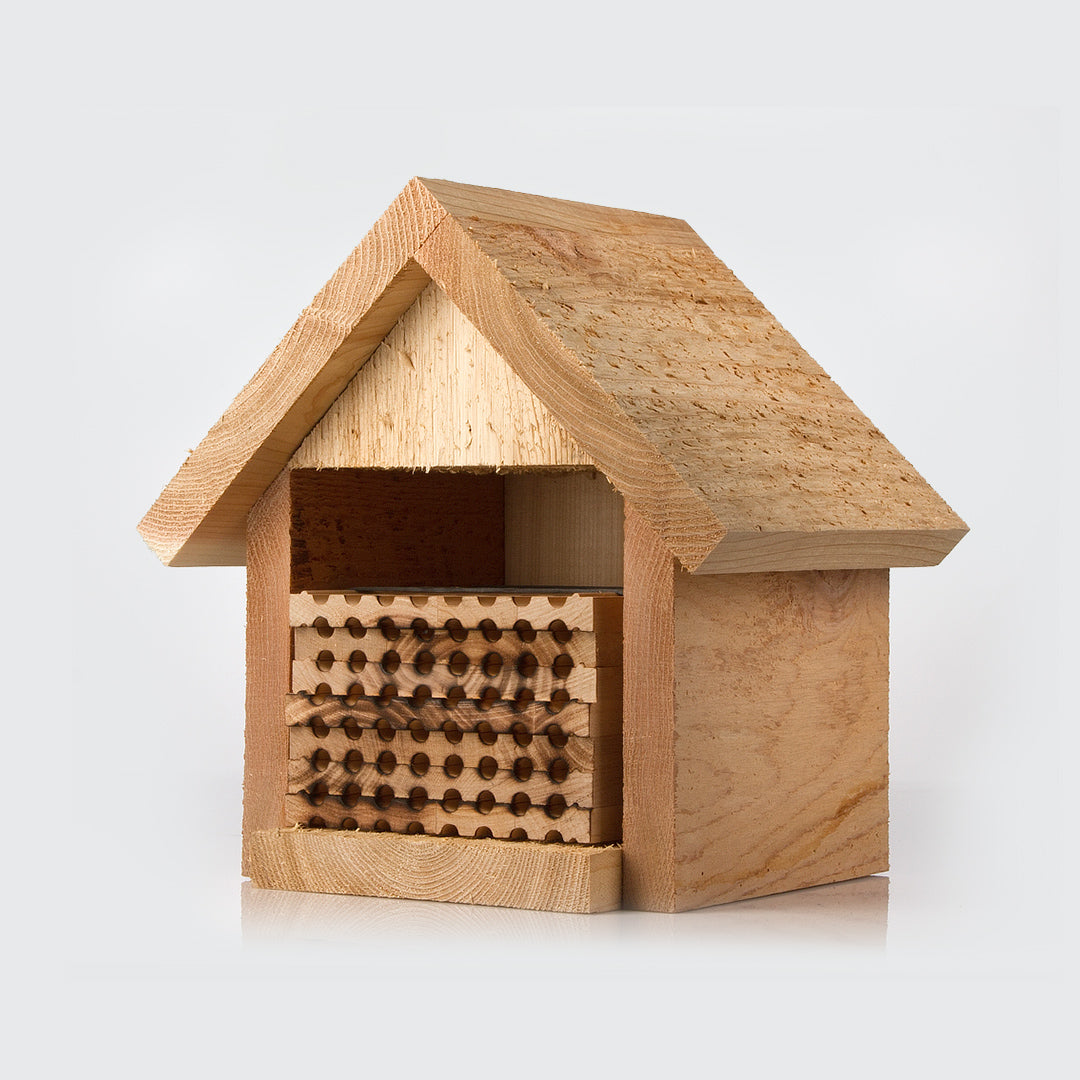
Apiary Bee House With 48 Hole Laminate
Apiary Bee house
48 Hole Laminate
Mounting Bracket
Good for Mason Bees, Osmia Californica, Sunflower Bees and Osmia Texana
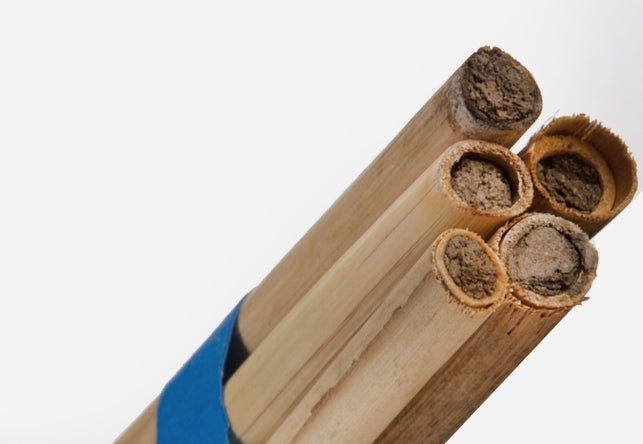
Mason Bees-Blue Orchard Bee
One set of Mason Bees will pollinate about 2-4 orchard trees or early blooming crops
For more information on Mason Bees Click Here
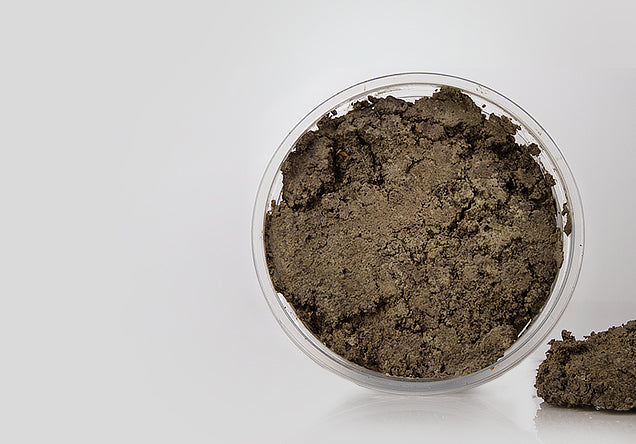
Mason Bee Clay
Contact us
At Mason Bees, we are here to answer any questions you may have. Whether you are interested in any of our products for you own personal garden or for your orchard, we have a solution for you. Feel free to reach us directly and we will respond as soon as possible.
Phone number: 8016489035
Email: masonbeesforsale@gmail.com
Address: Mason Bees LLC,
10090 N HIGHWAY 38, DEWEYVILLE UT 84309, United States
Get Mason Bees
Boost your garden's productivity by providing a Mason Bee House for peaceful, non-stinging bees. As bee populations struggle, home gardeners can play an important role in attracting bees and other pollinators
News & Updates
Sign up to get the latest on sales, new releases and more …
© 2025 masonbeesforsale.com. Designed by Out of the Sandbox. Powered by Shopify

